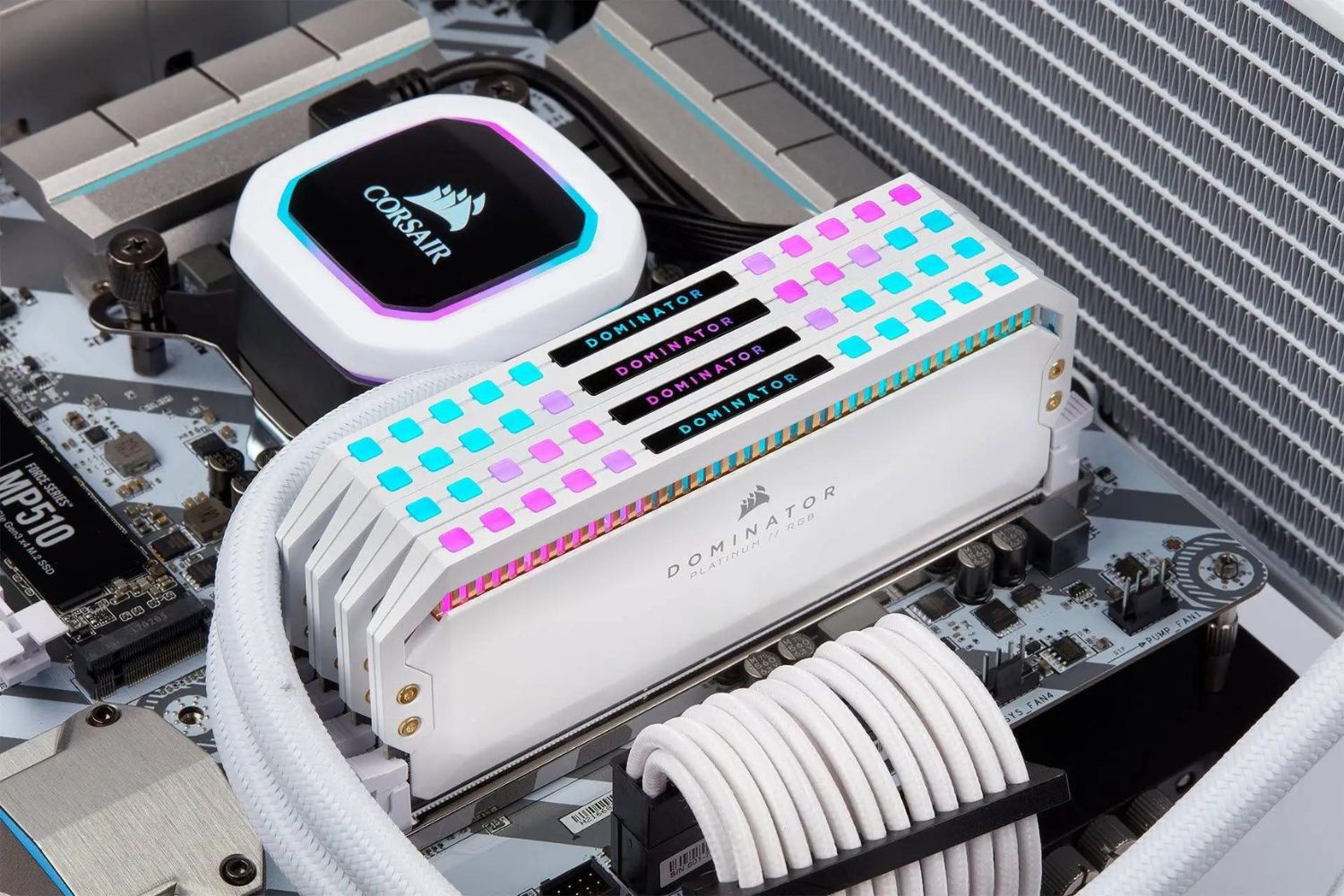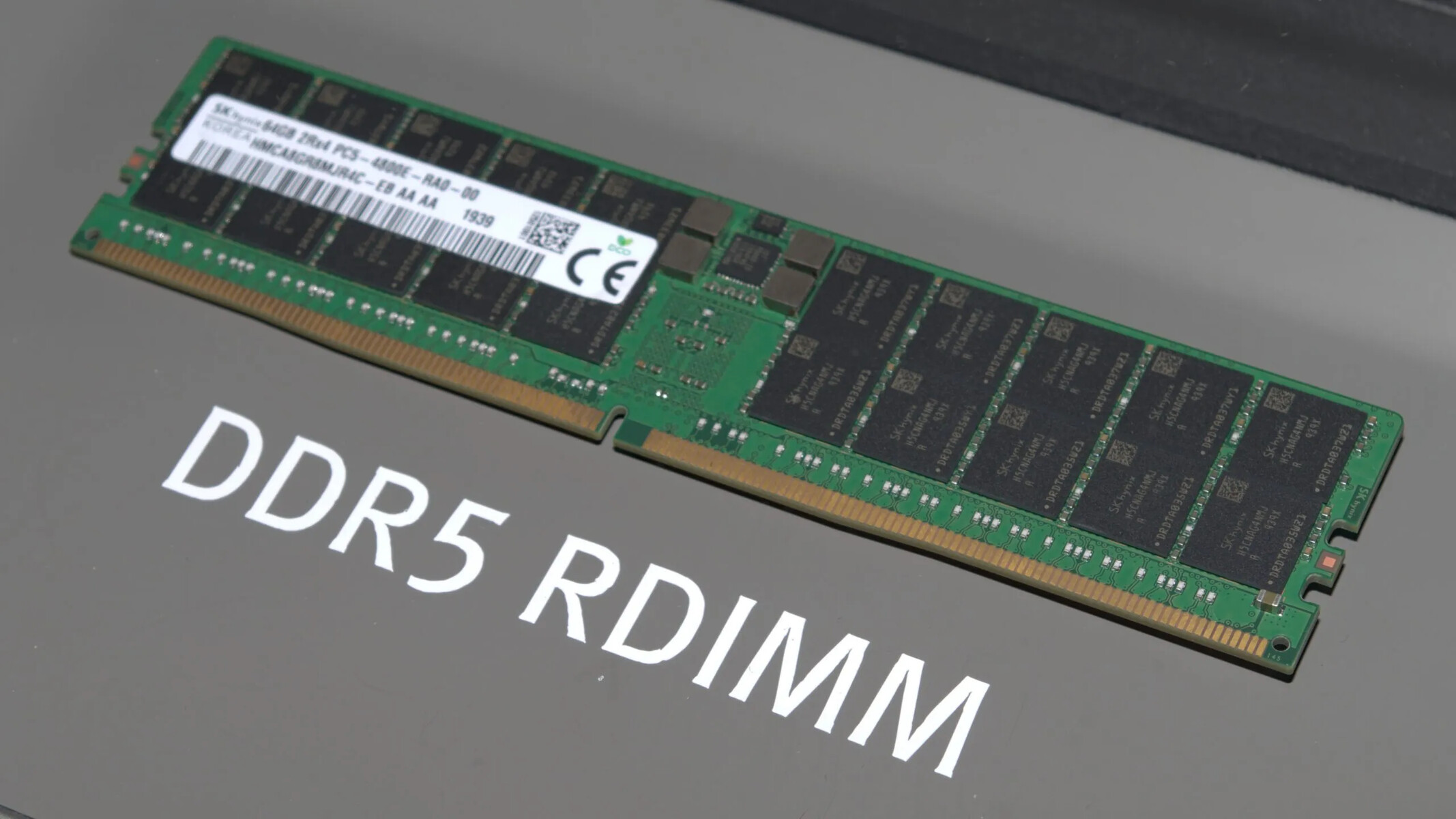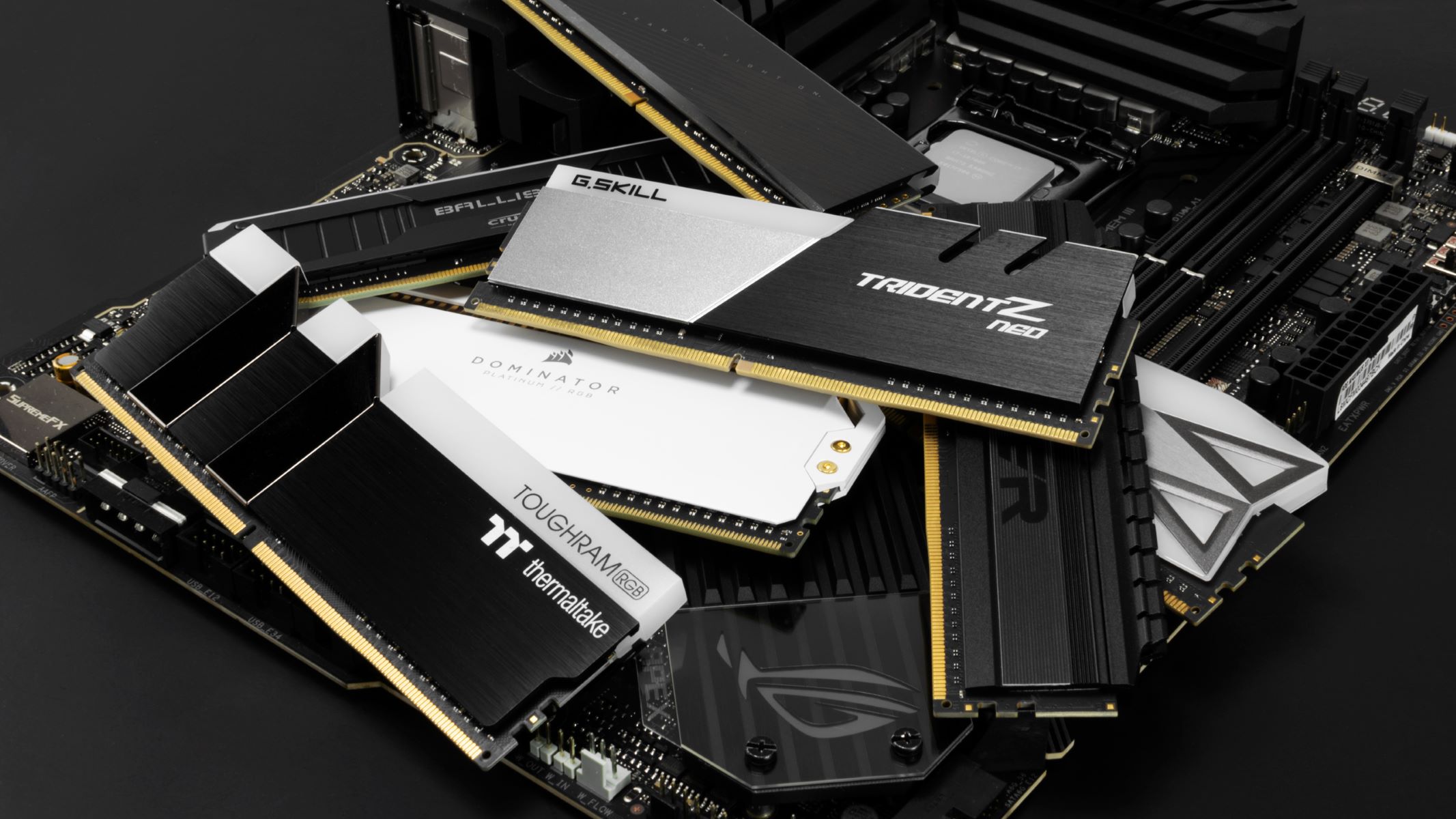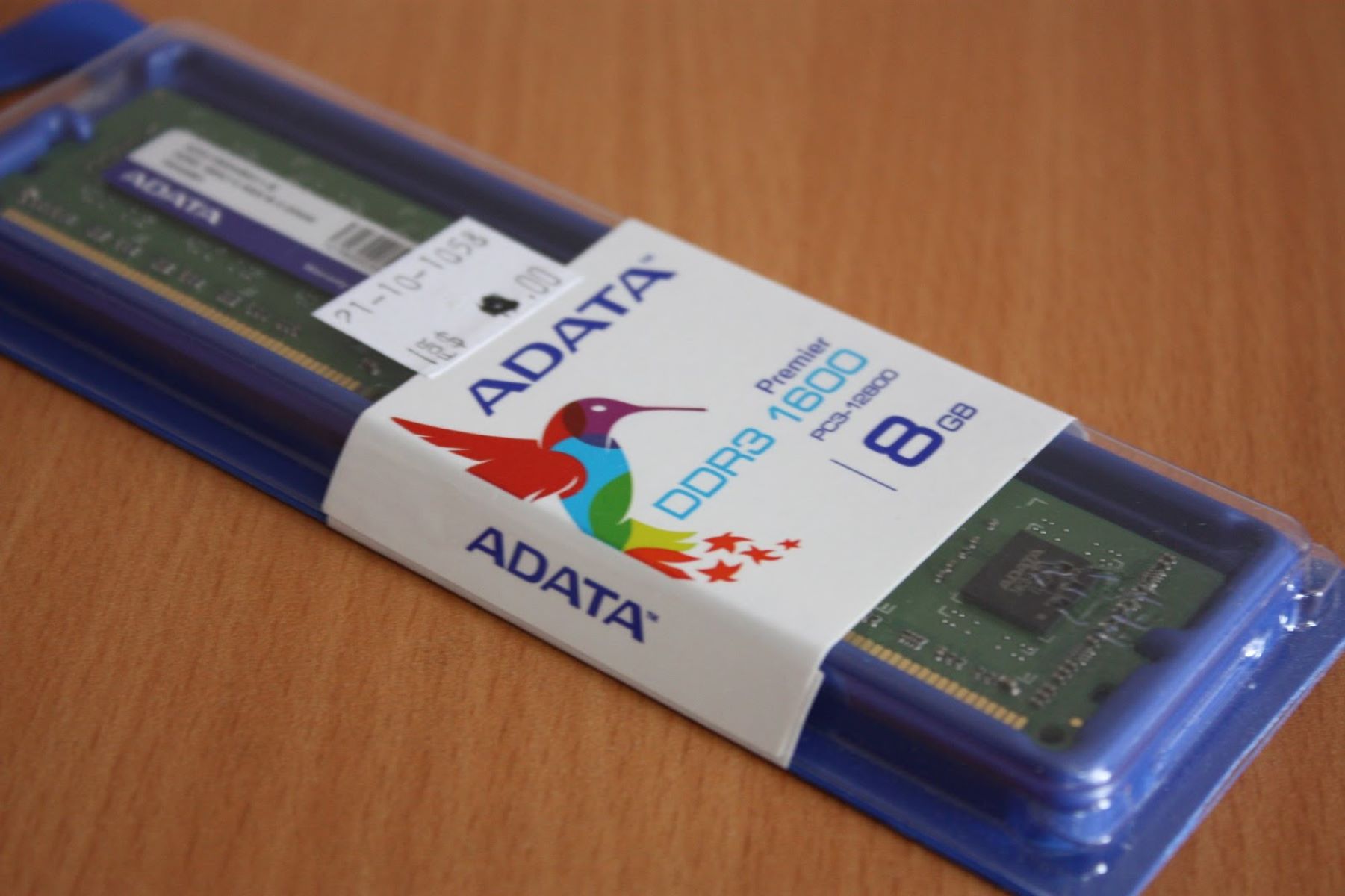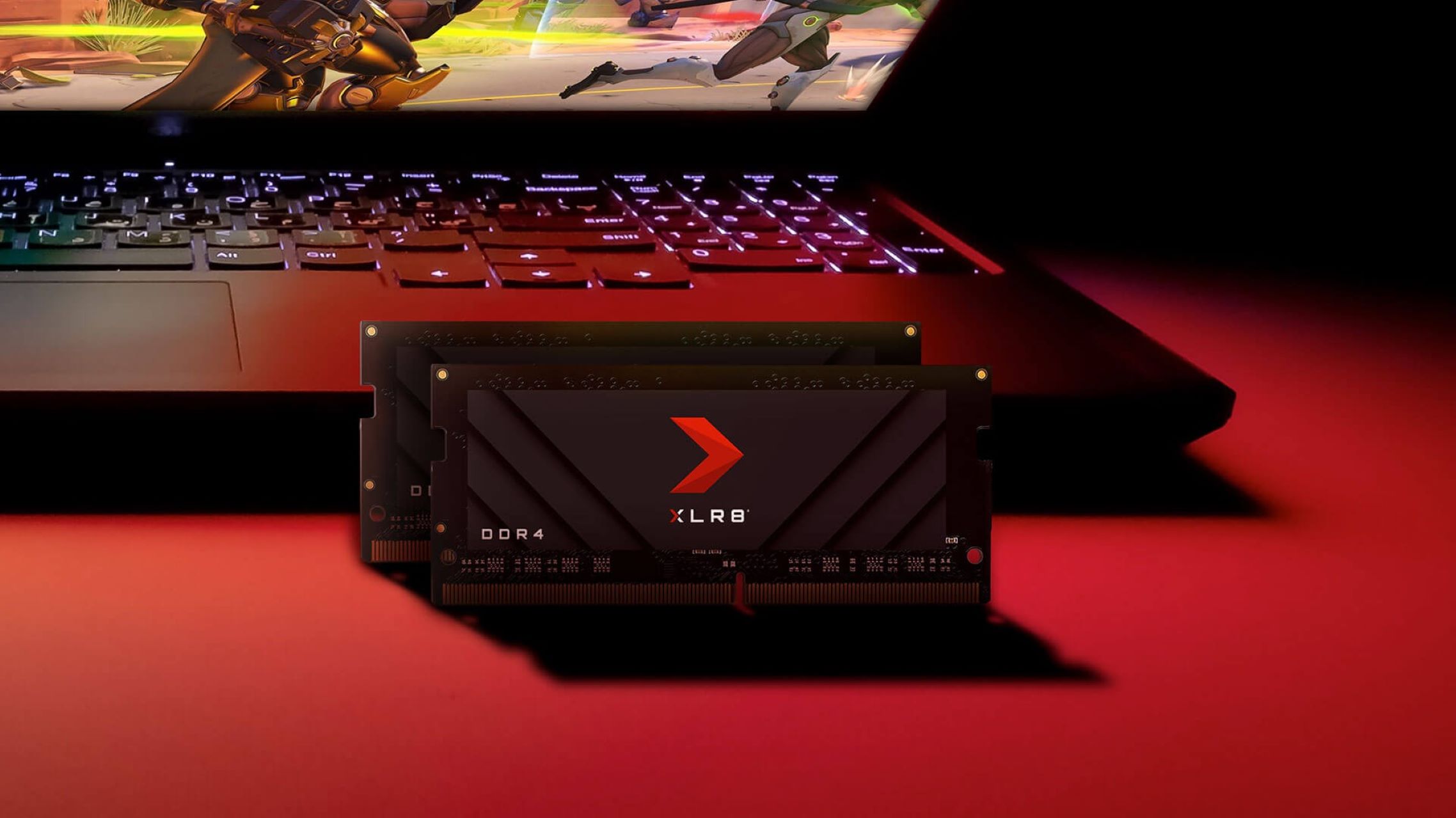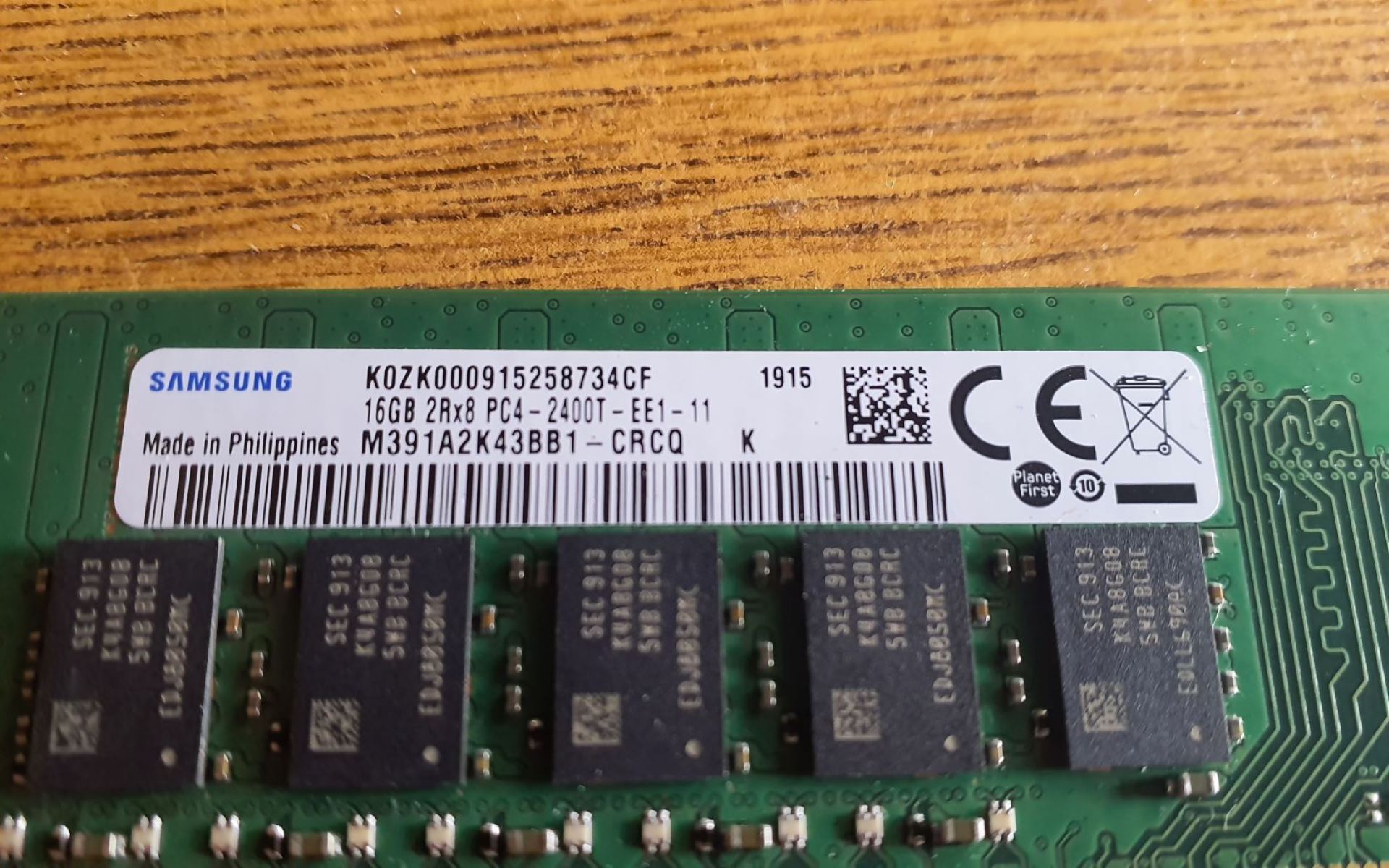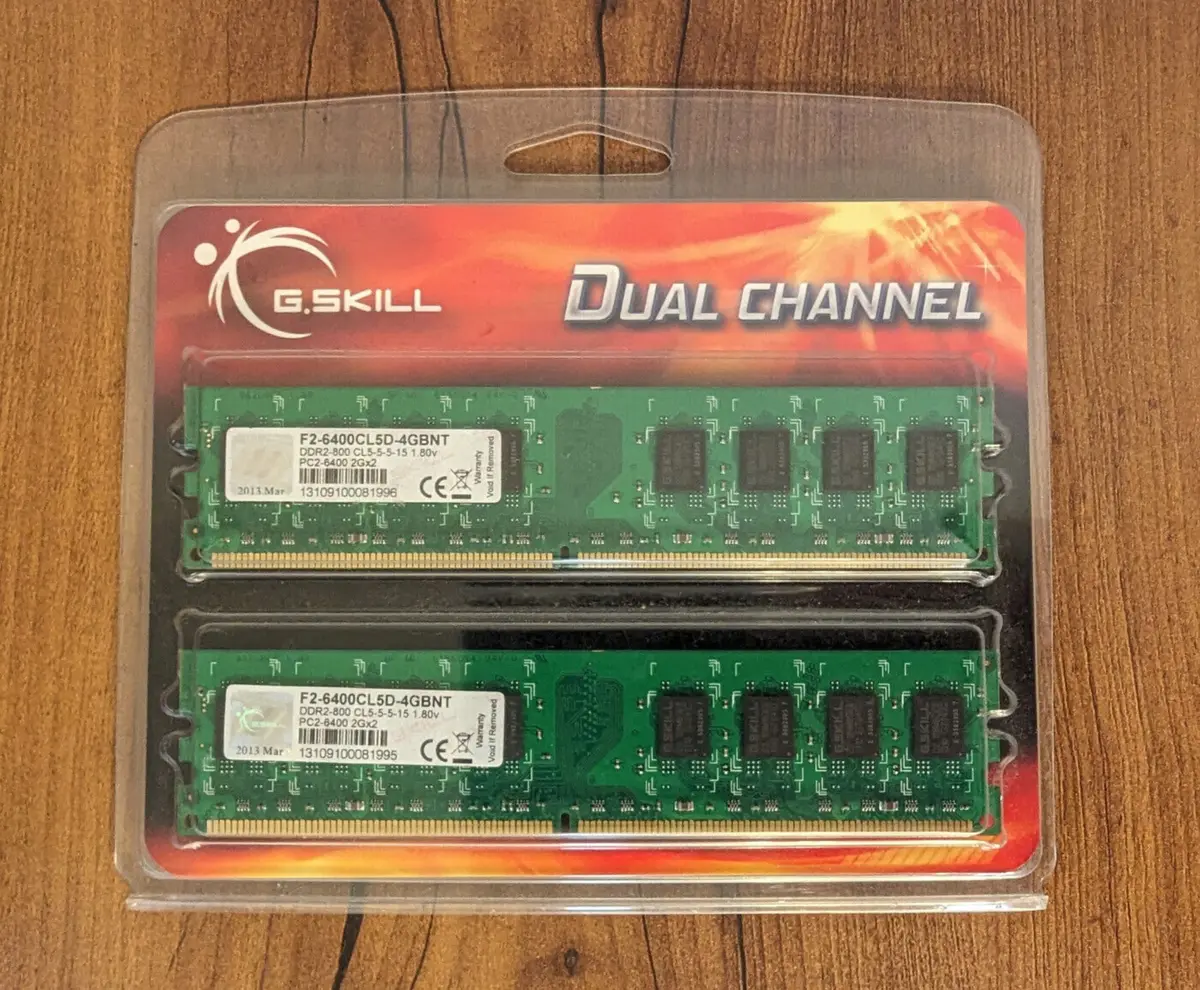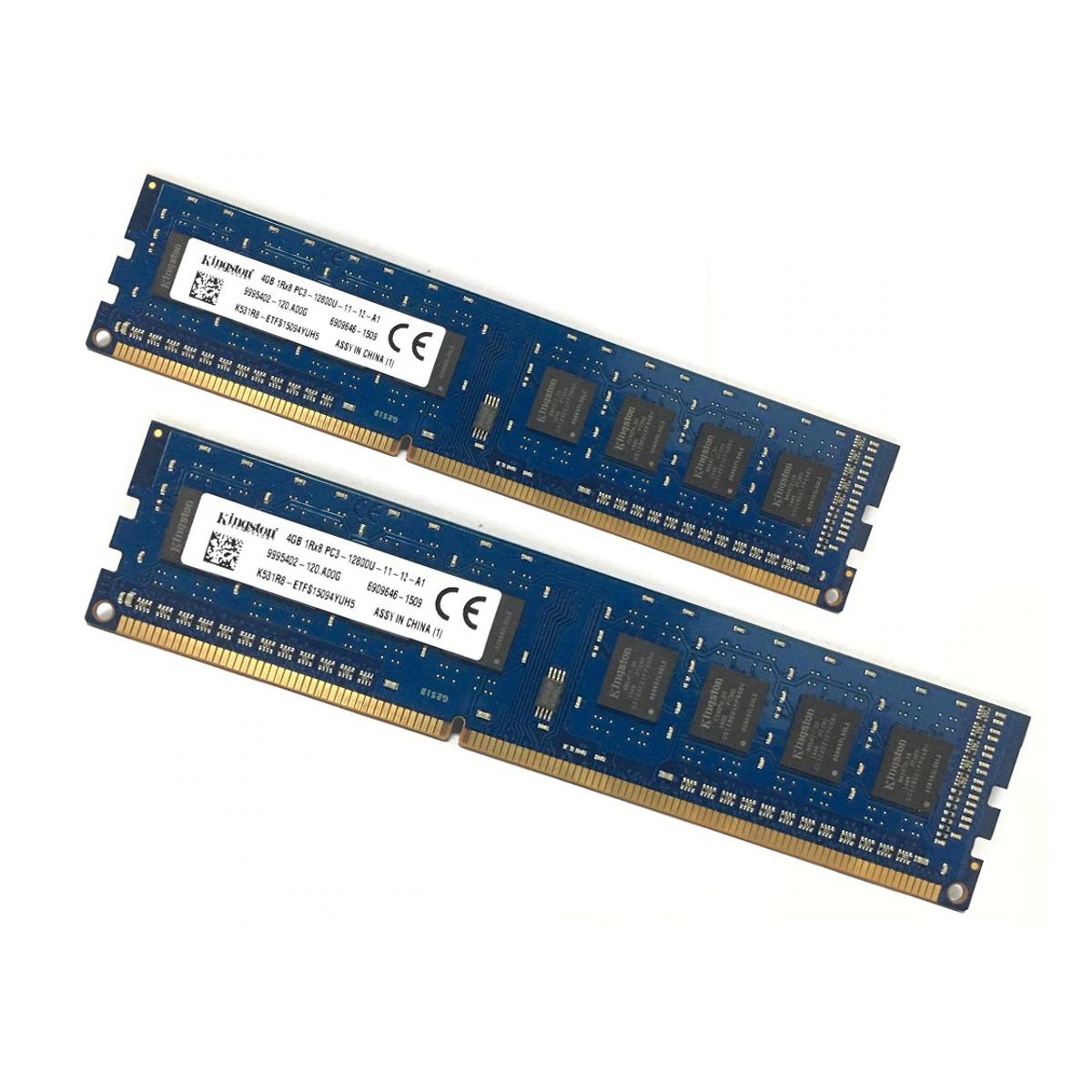Introduction
Welcome to the world of computer hardware – where every component plays a crucial role in determining the speed and performance of your system. One key component that directly affects your computer’s performance is RAM, or Random Access Memory. Understanding the type and specifications of the RAM installed in your system is important for optimizing its performance and compatibility with other components.
When it comes to RAM, one of the most important factors to consider is its DDR, or Double Data Rate, version. DDR determines the data transfer rate and overall performance capabilities of the RAM. The higher the DDR version, the faster the RAM can communicate with other components, resulting in smoother multitasking, faster data access, and improved overall system performance.
However, determining the DDR version of your RAM may not be as straightforward as you might think. It’s not something you can simply look at and easily identify. But don’t worry, in this article, we will explore several methods that you can use to check what DDR your RAM is. Whether you’re a tech enthusiast or a casual user looking to gain more insight into your system, these methods will help you discover the DDR version of your RAM.
Before we dive into the various methods, it’s important to note that the methods provided in this article are applicable for Windows-based systems. Now that we have that covered, let’s explore the different ways you can check the DDR version of your RAM and unlock the potential of your computer system.
Why is it important to know what DDR your RAM is?
Knowing the DDR version of your RAM is crucial for several reasons. Let’s take a closer look at why it’s important to understand what DDR your RAM is:
- Performance Optimization: Different DDR versions have varying data transfer rates. By identifying the DDR version, you can determine the maximum bandwidth that your RAM is capable of supporting. This knowledge allows you to optimize your system’s performance by ensuring that other components, such as the processor and graphics card, are compatible with the RAM’s capabilities.
- Memory Upgrades: If you’re planning to upgrade your RAM, knowing the current DDR version is crucial. Upgrading to a higher DDR version can significantly increase the performance of your system. However, it’s important to note that DDR versions are not interchangeable. For example, you can’t install DDR4 RAM on a system that only supports DDR3. By knowing the existing DDR version, you can make an informed decision when purchasing new RAM modules.
- Compatibility: Different DDR versions are not only faster but also differ in physical and electrical specifications. Ensuring that the RAM you are planning to install is compatible with your system is essential. By knowing the DDR version, you can avoid costly compatibility issues and potential damage to your hardware.
- System Monitoring and Troubleshooting: Knowledge of the DDR version can also help when monitoring and troubleshooting your system. If you encounter performance issues or stability problems, knowing the DDR version allows you to investigate whether it’s a RAM-related issue. You can check for firmware updates or compatibility issues specific to your DDR version.
- Future Proofing: As technology advances, manufacturers may release new DDR versions with enhanced performance. By staying informed about the DDR version of your current RAM, you can keep abreast of the latest advancements in the industry and plan for future upgrades or system enhancements.
Understanding the DDR version of your RAM is essential for optimizing performance, compatibility, and system longevity. It empowers you to make informed decisions when upgrading or troubleshooting your system, ensuring that your hardware components work together seamlessly. Now that we understand the importance of knowing the DDR version, let’s explore the different methods to check what DDR your RAM is.
Method 1: Checking the system’s properties
One of the simplest ways to check the DDR version of your RAM is by accessing your system’s properties. Here’s how:
- Right-click on the ‘Start’ button on your Windows taskbar and select ‘System’ from the pop-up menu. This will open the ‘System’ window.
- In the ‘System’ window, you will see information about your computer, such as the processor, installed RAM, and system type.
- Look for the ‘Installed RAM’ section. Here, you will be able to see the total amount of RAM installed in your system, along with its DDR version. It will typically be mentioned as DDR followed by a number (e.g., DDR3 or DDR4).
- Make a note of the DDR version displayed. This will indicate the DDR version of your RAM.
By following these steps, you can easily check the DDR version of your RAM without the need for any third-party software. It provides a quick and convenient way to access this information directly from your system’s settings. However, if you prefer an alternative or more detailed method, there are other options to explore, which we will discuss in the following sections.
Method 2: Using Task Manager
If you prefer a more visual approach, you can check the DDR version of your RAM using the Task Manager. The Task Manager provides real-time information about your system’s performance, including details about your RAM. Here’s how you can do it:
- Right-click on the taskbar and select ‘Task Manager’ from the context menu. Alternatively, you can press ‘Ctrl+Shift+Esc’ on your keyboard to open it directly.
- In the Task Manager window, click on the ‘Performance’ tab.
- In the left sidebar, click on the ‘Memory’ option.
- Look for the ‘Speed’ field. The value displayed here represents the DDR version of your RAM. It is usually mentioned in MHz (e.g., 1600 MHz or 3200 MHz).
- Take note of the DDR version indicated in the ‘Speed’ field. This tells you the DDR version of your RAM.
The Task Manager provides a straightforward and visual method to check the DDR version of your RAM. It allows you to quickly access crucial information about your system’s memory performance, and the DDR version is just a few clicks away. However, if you prefer a more detailed and comprehensive method, there are other options to explore, which we will discuss in the following sections.
Method 3: Utilizing System Information
If you’re looking for a method that provides more detailed information about your system’s hardware, utilizing the System Information tool is a great option. Here’s how you can check the DDR version of your RAM using System Information:
- Press the ‘Windows’ key on your keyboard to open the start menu and type ‘System Information.’ Click on the ‘System Information’ app from the search results.
- In the System Information window, you will find a wealth of information about your system’s hardware and software.
- Look for the ‘System Summary’ section in the left sidebar and click on it to expand.
- Scroll down until you find the ‘Installed Physical Memory (RAM)’ section. Here, you will see details about your RAM, including the ‘Type’, ‘Speed’, and ‘Size’ of each installed module.
- Check the ‘Type’ field to determine the DDR version of your RAM. It will typically be mentioned as DDR followed by a number (e.g., DDR3 or DDR4).
- Note down the DDR version mentioned in the ‘Type’ field. This will indicate the DDR version of your RAM.
The System Information tool offers a comprehensive view of your system’s hardware, making it an excellent option for those who want detailed information about their RAM. Along with the DDR version, you can also gather other important specifications about your RAM modules. However, if you prefer a more user-friendly method or want to explore other alternatives, keep reading for additional options.
Method 4: Third-party software options
If you’re looking for more advanced options or prefer a dedicated software solution, there are several third-party programs available that can provide detailed information about your system, including the DDR version of your RAM. These software options offer additional features and capabilities beyond checking the DDR version. Here are a few popular choices:
- CPU-Z: CPU-Z is a highly-regarded software that provides detailed information about your CPU, motherboard, and RAM. It not only displays the DDR version of your RAM but also offers comprehensive details such as timings, frequency, and voltage. Simply install CPU-Z, run the program, and navigate to the ‘Memory’ tab to find the DDR version.
- HWiNFO: HWiNFO is a powerful system information and diagnostic tool that provides an in-depth analysis of your hardware components. It gives you detailed information about your RAM, including the DDR version. Install HWiNFO, launch the software, and navigate to the ‘Memory’ section to find the DDR version along with other relevant details.
- AIDA64: AIDA64 is a comprehensive system diagnostic and benchmarking tool that offers detailed information about your hardware. It provides extensive details about your RAM, including the DDR version. After installing AIDA64, launch the software, click on ‘Motherboard’ in the left sidebar, and look for the ‘Memory’ section to find the DDR version.
These third-party software options offer a user-friendly and comprehensive way to check the DDR version of your RAM, along with various other system information. They provide detailed insights into the performance and specifications of your RAM modules, allowing you to optimize your system configuration. However, it’s important to download these programs from reputable sources and exercise caution when installing software from third parties.
Whether you opt for the simplicity of the built-in system tools or the advanced capabilities of third-party software, these methods will help you easily check the DDR version of your RAM. Armed with this knowledge, you can make informed decisions regarding system upgrades, compatibility, and performance optimization.
Conclusion
Knowing the DDR version of your RAM is crucial for optimizing your computer’s performance, compatibility, and future upgrades. We explored four methods to check the DDR version, each offering its own advantages and convenience.
Method 1 involved checking the system’s properties, providing a quick and easy way to access the DDR version directly from your computer settings.
Method 2 utilized the Task Manager, offering a visual approach to monitor your system’s RAM and determine the DDR version.
Method 3 introduced the System Information tool, providing a comprehensive view of your system’s hardware and allowing you to gather detailed information about your RAM’s DDR version.
Method 4 explored the use of third-party software options such as CPU-Z, HWiNFO, and AIDA64, enabling you to obtain more advanced and in-depth information about your RAM modules.
By utilizing these methods, you can easily check the DDR version of your RAM, empowering you to make informed decisions about system upgrades, compatibility, and overall performance optimization.
Remember, understanding the DDR version is just one aspect of maximizing your computer’s potential. It is important to consider other factors such as system requirements, overall hardware compatibility, and the specific needs of your desired applications or tasks.
Now that you have the knowledge and tools to check the DDR version of your RAM, take advantage of this information to ensure that your computer system is running at its best. Stay informed, keep exploring, and unlock the full potential of your hardware.









